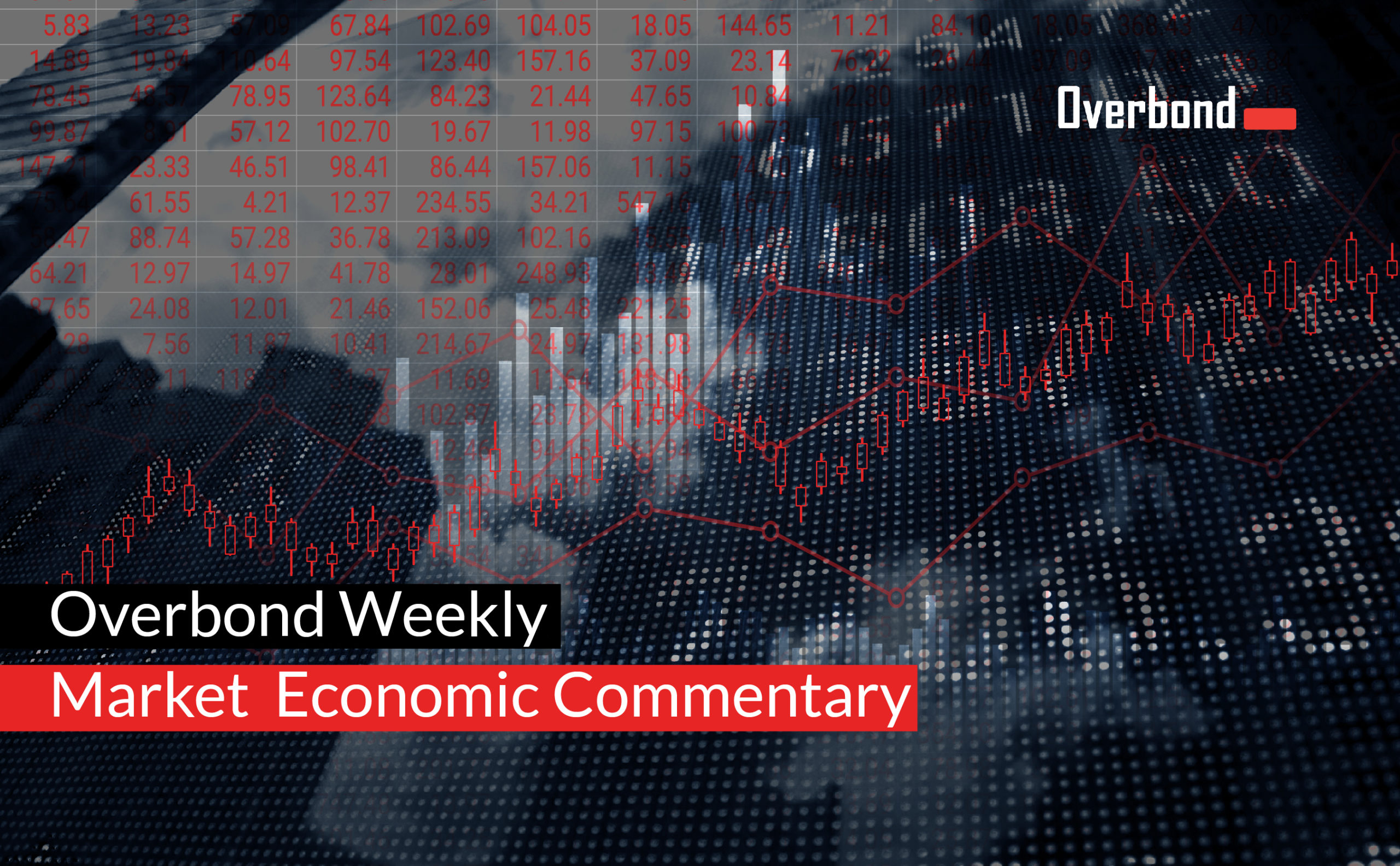

German 10-year yields inched in over the past week to current levels near -.43%, and while +14 basis points higher on a year-to-date basis, are nonetheless down -22 bps over the past 4 weeks. In credit, 10-year investment grade spreads were little changed on the week at +90 bps, holding still longer to the relatively tight 2021 range of approximately +80 bps on the downside and +95 bps on the upside. At the lower end of the credit spectrum however, spreads continued to move out, with 10-year BBs another +7 bps wider on the week and +53 bps wider on the month. The DAX equity market index is up about +330 bps on the week to current levels near 15550, with what-has-been and will probably continue to be formidable upside resistance in the 15800 to 16000 area on the radar screen.
Last Thursday’s ECB meeting was not without some drama, with the more hawkish contingency dissenting over the wording of the policy statement. This included pledges to keep rates at record low levels even longer, partly on concerns over the spread of the Covid delta variant in Europe and globally. Even though a new “symmetrical” approach to inflation targeting where some overshooting of stated targets would be tolerated had in principle already been unveiled with the July 8 strategic, Bundesbank head Jens Weidmann and Belgian central bank governor Pierre Wunsch stood ground in their dissent. Previous statements had highlighted being comfortable with inflation expectations “converging” to its 2.00% policy target, but the open-endedness implication of newly-included terms such as “durably” with respect to possible over-shooting made many on the Council uncomfortable.
The economic calendar out of Europe features EZ money supply, German import prices, German unemployment, preliminary inflation numbers out of the EZ, Germany, France, Italy and Spain, EZ consumer inflation expectations, and German GDP. On Monday, the expectations component to the German Ifo sentiment report came out down marginally on the month, and inside consensus forecasts. Government supply is limited to 5-year Gilts out of the UK on Tuesday, and Italian 5s and 10s on Thursday.
The US government curve bear-steepened marginally on a week-over-week basis, led by +3 basis point increases in both 10s and 30s to 1.26% and 1.91% respectively. As per 10-year TIPS market pricing, the move higher was due almost entirely by an increase in real yields to -1.05%, with inflation expectations proxy breakevens little changed over this time. Even with the bump higher in real yields, they remain inside the -100 basis point threshold, roughly -23 bps lower over the past 4 weeks reflecting in part scaled-back economic growth expectations. While 10 year nominal yields may very well have put in their 6 month lows on the recent downspike to 1.18%, coincidentally near the mid-Feb breakout point, the idea of 2-handle levels is apt to be a 2022 story at the earliest. Credit spreads not only stabilized over the past week, but actually moved lower across the ratings spectrum. Single A, BBB, and BB spreads tightened by -2, -2, and -11 bps to 87, 121, and 245 bps respectively, as investor tapering concerns eased with the softer overall tone from the various Fed speakers since the June FOMC, and as overall corporate earnings remained supportive for the credit markets.
The FOMC meets this week, and while closer to the point where not-so-transitory inflation eventually forces the Fed’s hand, we don’t think we’re there quite yet. If we do hear anything more explicit than the latest “beginning to talk about talking about” rhetoric, it would probably focus on increasingly-spurious if not nonsensical security purchases. There are multiple factors why few expect much from this week’s meeting – i.e., Fed officials having already “dialed back” over the past several weeks on the more hawkish tenor of the June FOMC post-meeting, the new Covid delta variant recovery risk factor, the fact the meeting does not include dot plot projections, and timing in front of the Jackson Hole symposium. As such, the week’s meeting is largely seen as a non-event, with Jackson Hole next month much more pivotal in significance.
The economic calendar in the US this week features durable goods, Conference Board consumer confidence, the trade balance, wholesale & retail inventories, Q2 GDP/GDP deflator, the employment cost index, and personal income & spending, which includes the Fed’s PCE deflator primary inflation metric. The release of Q2 GDP will allow us to get a fresh read on the Buffet indicator – market cap on stocks divided by the level of GDP – and how extended equity values remain even if the denominator manages to reclaim pre-pandemic levels. On the supply front, on the heels of Monday’s 2-year auction, we get 5s on Tuesday, and 7s and 2-year FRNs on Wednesday.


